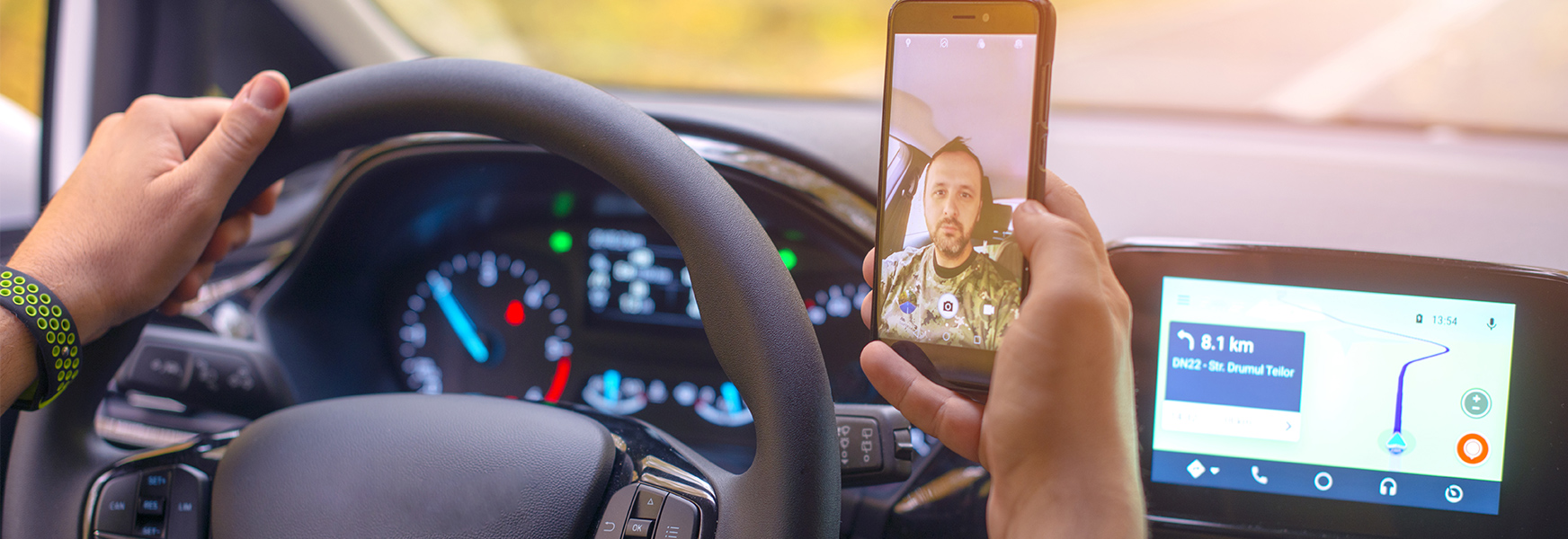In the Zone Behind the Wheel

As our nation moves towards an end to this deadly pandemic, we continue to be faced with another epidemic in the form of distracted driving. But hope springs eternal with April designated as National Distracted Driving Awareness Month. And it’s especially the hope of one mother that we keep a laser focus on our driving to avoid tragedy. In 2008, Shelley Forney lost her 9-year old daughter, Erica, when she was struck head-on by a distracted driver in an SUV while riding her bike home. Erica passed away two days later on Thanksgiving Day. Largely through this grieving mother’s advocacy, Congress unanimously passed a resolution in 2010 declaring April as the month to promote greater awareness to preventing driver distraction. Sadly, with a spike in motor vehicle deaths last year, perhaps every month should be recognized as an opportunity to promote awareness to this menacing over-the-road risk.
Despite the drop in horsepower on our roadways in 2020, with a decline of 13% in miles driven, preliminary data by the National Safety Council (NSC) indicates an estimated motor vehicle death rate increase of 24% compared to 2019. In estimated numbers, the NSC reports 42,060 people died in motor vehicle crashes along with 4.8 million motorists and passengers seriously injured last year. In fact, motor vehicle deaths in 2020 are estimated to be the highest in 13 years. Alarmingly, the statistics show teenagers (ages 16-17) have the highest rate of crash involvement even though several states ban cell phone use and texting for novice drivers. Clearly, the problem of not looking at the road ahead while driving continues to stare us in the face. But visual inattention isn’t the only type of driving distraction.
Even if we have our eyes peeled on the road, there’s also manual distraction like fumbling with the phone, applying make-up, fiddling around with the infotainment system, or eating a sloppy sandwich, all of which takes a hand off the steering wheel. Additionally, there’s auditory distraction like turning the music up to eleven to better feel the beat. And then there’s cognitive distraction when our mind drifts a million miles away or when we phone a friend and chew the fat handsfree. As Janet Froetscher, former National Safety Council president and CEO, comments, “Many drivers have a false sense of security that hands-free devices make cell phone use while driving safe. More than 30 research studies show hands-free devices provide no safety benefit as the distraction to the brain remains.”
In their campaign against distracted driving, the National Highway Traffic Safety Administration provides an impactful thirty-second video on the danger of texting and driving on their U Drive. U Text. U Pay. webpage. Moreover, the National Safety Council has “everything you need for distracted driving awareness month” with a “truckload” of resources including a social media kit, infographics, posters, pledge and proclamation templates, a sample distracted driving policy, and much more. While we may think of ourselves as being an excellent driver, when it comes to distraction, we can all strive harder to become a highway star. This month and always, be in the zone behind the wheel. Remember, no phone call or text message is worth a life.
For more information on transportation and driving safety, check out these MEMIC Safety Net posts.

